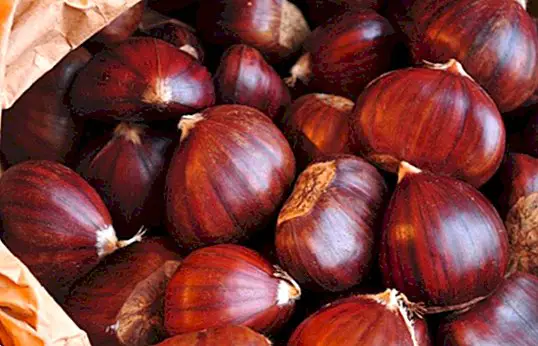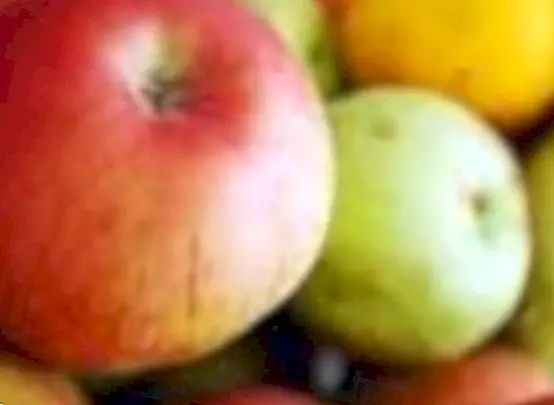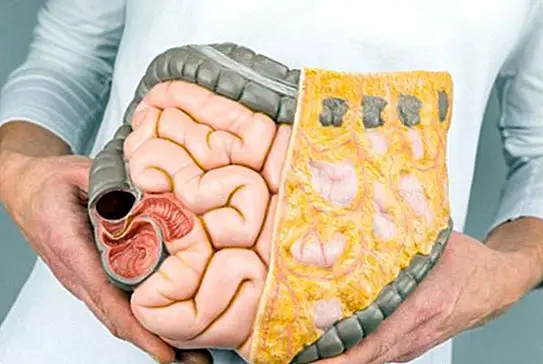Types of food additives
When we read the labeling of the foods or beverages that we habitually consume, we actually realize the amount of Food Additives that we can find precisely in those food products that we eat every day.
As we already mentioned in a special article in which we talked about what food additives are, they consist of elements or compounds that are added to food in order to improve the flavor and aroma, its texture, or to increase the expiration period.

Depending on the function that meets the food additive in question it is possible to find different and different types of food additives. We explain the most common.
The most common food additives
- Antioxidants: they are additives that prevent food from becoming rusty and rancid. They are able to neutralize the oxidative action of free radicals, avoiding the natural oxidation process of the food.
- Colorants: they are additives that help certain foods or food products do not lose their color. Or when they become discolored, they maintain a more pleasant appearance, intensifying their natural color.
- Preservatives: they are additives that protect food, avoiding the proliferation of microorganisms that spoil them. Therefore, they also increase the shelf life and durability.
- Emulsifiers: they are additives that can be attached to other substances (which can be aqueous or non-aqueous), thanks to their molecular structure.
- Stabilizers: we find thickening and gelling additives, which are able to form a wrap around the water molecules, restricting their mobility. They are also capable of increasing their viscosity.
Image | Gobierno de Aragón (Flickr) This article is published for informational purposes only. You can not and should not replace the consultation with a Nutritionist. We advise you to consult your trusted Nutritionist.


